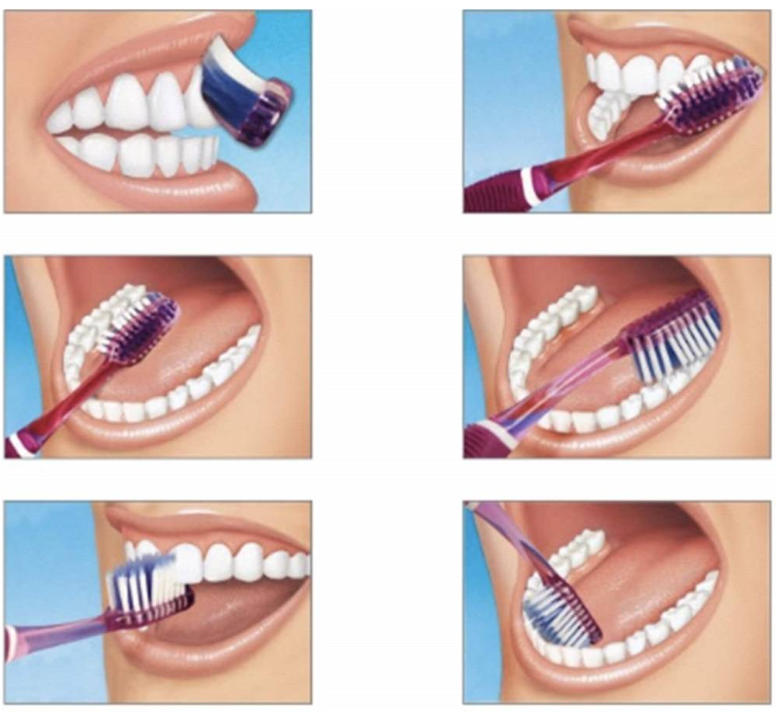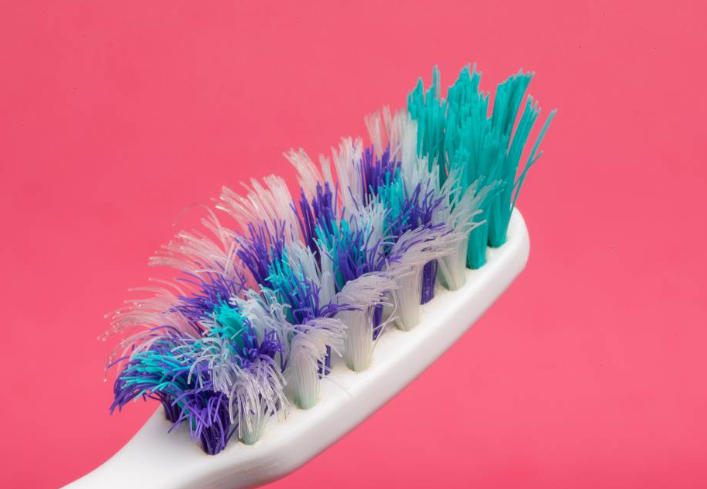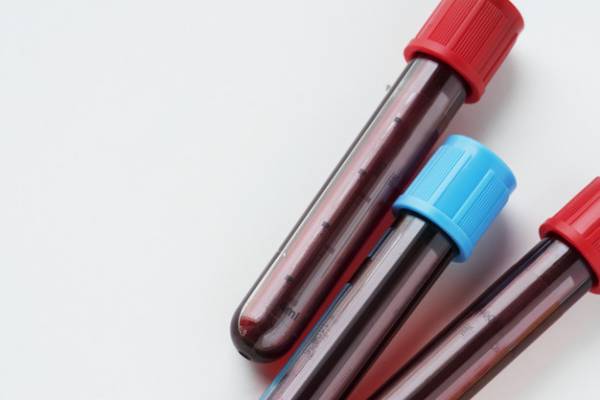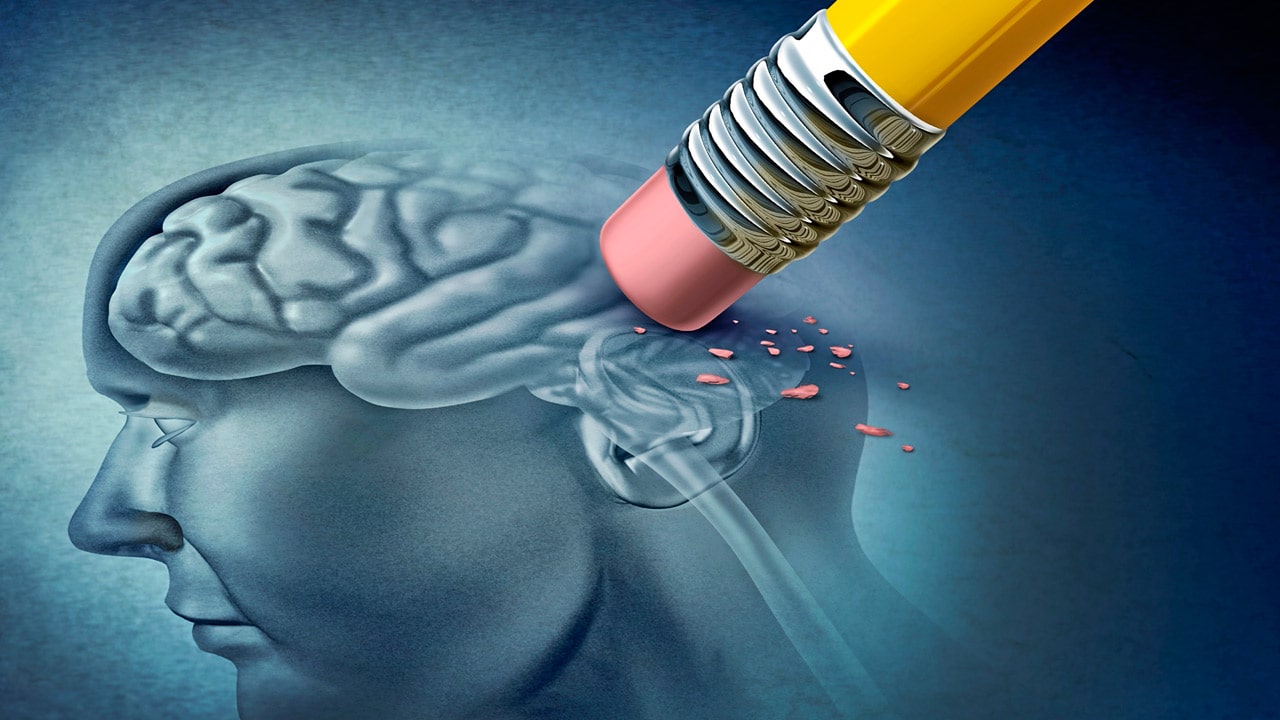Most of us brush our teeth incorrectly, which increases the risk of chronic diseases and keeps our teeth and gums healthy.
The bathroom mirror; However, we are notoriously bad at brushing our teeth. A Swedish study found that only one in ten people brush their teeth properly. A survey of 2,000 people in the UK found that almost half didn’t know how to brush their teeth properly.
The University of Birmingham’s Josephine Hirschfeld, a lecturer in restorative dentistry, says: “Most likely, anyone who has not received brushing instructions from a professional will brush their teeth incorrectly.”
Given the diversity of information available on how to brush your teeth, it is perhaps not surprising that most people in any country do this.
The British Oral Health Foundation’s chief executive, Nigel Carter, said: “It’s confusing for consumers to have such a variety of advice, which is exacerbated by the wide variety of dental care products available for purchase. So, what do most of us get wrong? What can we change?

How should you brush your teeth?
“Most people know they need to remove leftover food,” says Hirschfeld. Nonetheless, it is more important to remove bacteria from the teeth.” Bacteria and other microorganisms grow inside the mouth and form a sticky biofilm commonly known as dental plaque. This biofilm contains over 700 species of bacteria, the most diverse bacterial community in the body after the intestines, along with viruses and fungi.
Hirschfeld says they live in the sticky layer attached to teeth and soft tissues. It is impossible to wash off this sticky layer with water and must be removed by hand. Not the gum line is the most important place to remove the microbial layer of the tooth. Microbes can penetrate the gum line and cause inflammation and ultimately diseases such as periodontitis. Thus, brushing teeth is not a proper term.
Hirschfeld recommends brushing the gum line rather than the teeth themselves. The teeth will also be brushed automatically in that case. It requires more skill than our normal brushing method to remove biofilm using the “Modified Bess Technique”.
A modified Bess toothbrush is placed on the teeth at a 45-degree angle (tilted down for the lower jaw and up for the upper jaw, as if you were trying to get the bristles under the gums). Following that, fine and vibrating movements are made in the gum line. Hirschfeld calls the modified Bess method one of the best. In this method, the teeth are cleaned in the best possible way without harming the gums or teeth.”
The modified bass is not the only technique that effectively removes biofilm. Among these methods is the modified Stillman method, which is similar to the modified Bess method. Brush bristles are placed in the gum line and moved in a circular motion along with back and forth movements towards the crown of the tooth in the modified Stillman method. Soft bristles are recommended for this method. In addition to removing plaque from the gum line, this method massages the gums as well. Proper pressure will not damage the gums if this method is used.
When brushing your teeth, be careful not to put too much pressure on them. Many experts still debate the optimal pressure, but most agree that no more than 150 grams should be applied, which is about the weight of an orange. Gums can be damaged by brushing too hard, especially with stiff brushes. As a result of vigorous brushing, bacteria can enter the bloodstream through small tears in the soft tissue.

Brush bristles can also abrade tooth enamel, causing small grooves in the teeth that cause significant wear and tear over time. Those who use manual toothbrushes apply more pressure than those who use electric toothbrushes. It is common for electric toothbrushes to have sensors that warn when the pressure is too high.
Fones is another method for brushing that is suitable for children and people with less manual skills. The toothbrush is held at a 90-degree angle and circular movements are made on the teeth and gum line. “Experts generally recommend that you take a look at what the person is doing and make changes to their technique to help them do it better,” says Nigel Carter of the Dental and Oral Health Foundation.
What is the recommended brushing time?
You should brush your teeth twice a day for at least two minutes each time. Most of us are bad at estimating two minutes. According to different studies, brushing lasted 33 seconds, 45 seconds, 46 seconds, and 97 seconds on average.
According to Karolina Gans, professor at the Department of Conservative and Preventive Dentistry at the Justus Liebig University in Germany, only about 25% of people brush their teeth long enough and correctly. The good news is that there are easy solutions, such as using a mobile app, a small hourglass, or an electric toothbrush with a built-in timer.
Generally, Carter says that brushing for longer periods of time removes more biofilm. However, two minutes is generally considered sufficient to brush all surfaces of the teeth and gum line. The removal of the biofilm may take longer for people with gum disease or other oral problems. According to Hirschfeld:
Depending on the individual’s condition, the optimal brushing time will vary. Since every person’s mouth and teeth are different, it cannot be defined. All surfaces of each tooth, including hard-to-reach areas, should be cleaned, and this can take more than two minutes.
When should we brush our teeth?
Currently, the United States, the United Kingdom, and Australia recommend brushing twice a day, thoroughly and thoroughly. The Indian Dental Association recommends brushing up to three times a day (including after lunch). Most people who don’t have significant dental or mouth problems shouldn’t brush too much.
Is it better to brush our teeth before or after meals?
Should you brush before or after breakfast? Most toothpaste manufacturers and dental hospitals believe that brushing before breakfast is better than brushing after breakfast; however, this issue is still up for debate. Hirschfeld says there is no hard and fast rule. Many dentists recommend brushing after eating because it removes plaque as well as breakfast food residue.
It depends on when and what food you eat whether you should brush your teeth before or after breakfast. For a biofilm to form, two factors are necessary: microbes and the food that consumes them. According to Hirschfeld, cavities cannot form without bacteria or food. It doesn’t matter how much sugar you eat if you clean out those bacteria thoroughly before breakfast. There’s no problem if there’s no bacteria that can ferment it.”
It is not safe to completely remove biofilm during a single brushing before breakfast, especially considering the questionable brushing habits of most people. Brushing after breakfast can also be beneficial. If you have sugar with bacteria, then brush and brush it off, Hirschfeld says. Although brushing after breakfast has the disadvantage that there should be a gap between eating and brushing. According to the American Dental Association, you should wait 60 minutes. Due to the acids in food and in the by-products of the digestion of carbohydrates by microbes, the teeth are temporarily vulnerable.
Hirschfeld says that acids attack enamel and soften it for a while. Calcium and phosphate are removed from tooth enamel, but these compounds are replaced by minerals in saliva within hours. Hirschfeld explains that this process is self-healing, but if you don’t wait for it, the worn surface of the tooth becomes very vulnerable to brushing.”
The question of whether you should eat before or after breakfast is complicated and depends on what you’re eating. To prevent disrupting the remineralization process, brush your teeth before breakfast if your breakfast includes acidic foods and drinks (such as citrus fruits, fruit juice, and coffee).
Even more important than brushing your teeth in the morning is brushing your teeth at night, which also has a simple answer: brush your teeth last thing before you go to bed. Carter explains that saliva acts as a natural defense mechanism, preventing bacterial growth and tooth decay. Before going to bed, it is very important to remove all plaque before going to sleep since saliva flow decreases during the night.”

What toothpaste and toothbrush should we use?
There are toothbrushes and toothpastes on the market that remove teeth, according to Hirschfeld. When combined, highly abrasive toothpastes and toothbrushes with very hard bristles are particularly unpleasant. “It takes years or decades,” he says. However, teeth wear down over time and can become very sensitive to temperature or cavities.”
Adults should use toothbrushes with medium bristles, and toothpaste should not contain fine abrasive particles. Hirschfeld recommends a toothbrush with a smaller head so that you can easily use it around your teeth. It is also important to replace a worn-out toothbrush before the bristles become too misshapen. As well as removing plaque and preventing cavities, traditional toothbrushes and chewing sticks, made from the miwok tree, widely used in Africa, the Middle East, and South Asia, are associated with a greater risk of scratching the gums if used incorrectly.
Electric toothbrushes are more effective than manual toothbrushes, but they are more expensive. In a few meta-analyses, there is moderate evidence that electric toothbrushes are more effective at removing plaque than manual toothbrushes. In the past, these meta-analyses were funded by manufacturers of electric toothbrushes. This is due to the vibratory motion being automatic and requiring less manual dexterity. However, the brush head size also plays a role. Furthermore, many of these types of toothbrushes have sensors that turn on when the user applies too much pressure, which can damage enamel.
Is dental floss necessary?
The use of dental floss is stubbornly advocated by many oral health organizations despite the lack of research. In Hirschfeld’s view, if you think of your teeth as cubes with five surfaces exposed to the oral environment, biofilms form on all of them.
The UK has a very small proportion of people who floss regularly (perhaps one in 20). According to a 2019 survey, one third of British adults have never flossed.
The only way to remove biofilm between teeth is to floss. If your teeth are spaced apart, for example, a small toothbrush or floss will be more effective. It is a great opportunity for those with gum or tooth problems to get things done through interdental cleaning.
Hirschfeld says that many of his patients use a variety of interdental cleaning tools, including toothbrushes, flossers, and other brushes of various sizes. Flossing should be part of your two-minute brushing routine, and you don’t need to floss more than once a day.”
According to a 2011 review of randomized controlled trials, flossing with a toothbrush can lead to a small reduction in plaque over one to three months, but the evidence is weak and highly unreliable. There were methodological flaws in most of these studies.
In response, the review was retracted after objections were raised that “a lack of evidence is not a lack of evidence”. According to an updated version, flossing reduced gingivitis (surface gum disease that can lead to deep gum disease or periodontitis) significantly more effectively than brushing alone. This reduced plaques, but the evidence was still weak and highly unreliable.
Can you recommend a good toothpaste?
There are a variety of toothpastes available, ranging from anticavity toothpastes to whitening and desensitizing toothpastes, but expensive brands aren’t necessary to achieve the best results. Hirschfeld says he has seen no problems with the ingredients list of some cheap toothpastes.
There is one component to look out for on the toothpaste box, Hirschfeld says: fluoride content. There is no doubt that fluoride content is the most important factor. Fluoride should be at least 1350 parts per million for adults and 1000 parts per million for children in order to protect tooth enamel against acids.
One of nature’s hardest substances is tooth enamel, which is the hardest tissue in the human body. Hirschfeld says it is almost as hard as a diamond. The enamel of teeth is composed mainly of hydroxyapatite (a type of calcium phosphate) which has a complex crystal structure that makes it hard and durable.
Enamel is easily dissolved in acid despite its resistance to mechanical force. As a byproduct of digesting sugars and carbohydrates that get stuck between our teeth, microbes in the biofilm produce lactic acid. Cavities are caused by lactic acid gradually washing calcium and phosphate from tooth enamel.
Minerals can be replaced by naturally occurring compounds in saliva. When fluoride is present (fluoride is naturally present in soil and water in many parts of the world), enamel forms fluorapatite, which is more resistant to acids than hydroxyapatite.
After brushing, throw away toothpaste, but avoid rinsing with water to keep fluoride around the teeth longer. Fluoride toothpaste has decreased the incidence of caries in all areas where fluoride toothpaste is used, says Hirschfeld.
Some trendy materials, however, should be handled with caution. Many commercial toothpastes contain charcoal, which has been used to clean teeth for thousands of years; however, there is little research to back it up.
Charcoal does not whiten teeth, and it may cause tooth wear and other problems. Despite claims related to antibacterial, antifungal, and antiviral properties, charcoal-containing toothpastes have not been proven, and dentists should warn their patients against using them.
There are many charcoal toothpastes that do not contain fluoride. As a result, they do not provide much protection against pitting. It is still beneficial for someone to brush their teeth even if they use fluoride-free toothpaste. “They can still remove plaque mechanically,” Carter says. “But they don’t prevent decay, as fluoride in toothpaste does.”
Other common leavening additives may be less controversial. The authors of one review noted that toothpastes containing sodium bicarbonate (baking soda) removed plaque better than those without, but more follow-up studies were needed (the authors noted that toothpaste manufacturers and toothbrush manufacturers have received funding in the past). According to the same study, toothpastes containing baking soda may reduce gingivitis bleeding slightly.
Is mouthwash necessary?
When combined, mouthwash and brushing can remove plaque a little more effectively than brushing alone, Carter says. He says it’s a useful addition, not as a replacement for brushing, but as a supplement.
Several experts believe mouthwash can help treat gingivitis (gum inflammation). Mouthwash must contain at least 100 parts per million of fluoride and be clinically proven to reduce plaque. Mouthwash should only be used if your gums are bleeding, not as a preventative measure.
Effective tooth brushing may have a sweet spot. Plaque builds up if you don’t brush enough, increasing your risk of tooth decay and periodontitis. In contrast, enamel wears away over time if you brush too often or too hard. The benefits of maintaining an optimal routine (including flossing, interdental brushes, and perhaps mouthwash if you have gingivitis) are worth the effort.


